M. Ali Vosoughi
Leveraging Pre-Images to Discover Nonlinear Relationships in Multivariate Environments
Jun 01, 2021



Abstract:Causal discovery, beyond the inference of a network as a collection of connected dots, offers a crucial functionality in scientific discovery using artificial intelligence. The questions that arise in multiple domains, such as physics, physiology, the strategic decision in uncertain environments with multiple agents, climatology, among many others, have roots in causality and reasoning. It became apparent that many real-world temporal observations are nonlinearly related to each other. While the number of observations can be as high as millions of points, the number of temporal samples can be minimal due to ethical or practical reasons, leading to the curse-of-dimensionality in large-scale systems. This paper proposes a novel method using kernel principal component analysis and pre-images to obtain nonlinear dependencies of multivariate time-series data. We show that our method outperforms state-of-the-art causal discovery methods when the observations are restricted by time and are nonlinearly related. Extensive simulations on both real-world and synthetic datasets with various topologies are provided to evaluate our proposed methods.
Classification of Schizophrenia from Functional MRI Using Large-scale Extended Granger Causality
Jan 12, 2021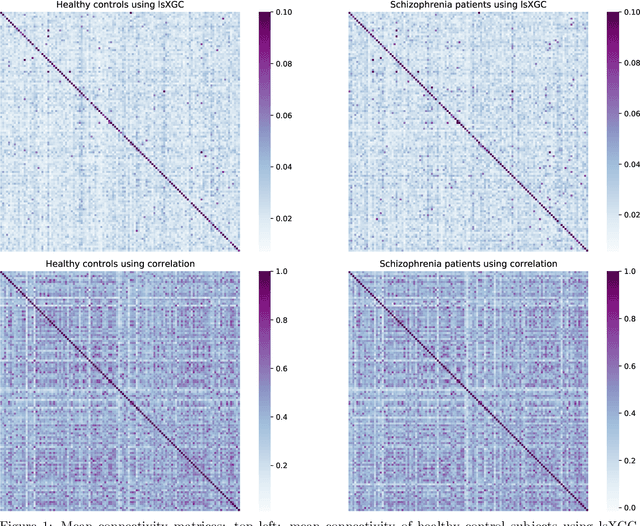
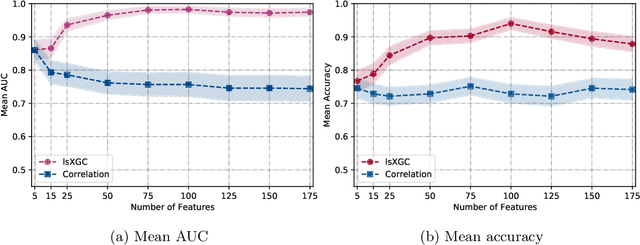
Abstract:The literature manifests that schizophrenia is associated with alterations in brain network connectivity. We investigate whether large-scale Extended Granger Causality (lsXGC) can capture such alterations using resting-state fMRI data. Our method utilizes dimension reduction combined with the augmentation of source time-series in a predictive time-series model for estimating directed causal relationships among fMRI time-series. The lsXGC is a multivariate approach since it identifies the relationship of the underlying dynamic system in the presence of all other time-series. Here lsXGC serves as a biomarker for classifying schizophrenia patients from typical controls using a subset of 62 subjects from the Centers of Biomedical Research Excellence (COBRE) data repository. We use brain connections estimated by lsXGC as features for classification. After feature extraction, we perform feature selection by Kendall's tau rank correlation coefficient followed by classification using a support vector machine. As a reference method, we compare our results with cross-correlation, typically used in the literature as a standard measure of functional connectivity. We cross-validate 100 different training/test (90%/10%) data split to obtain mean accuracy and a mean Area Under the receiver operating characteristic Curve (AUC) across all tested numbers of features for lsXGC. Our results demonstrate a mean accuracy range of [0.767, 0.940] and a mean AUC range of [0.861, 0.983] for lsXGC. The result of lsXGC is significantly higher than the results obtained with the cross-correlation, namely mean accuracy of [0.721, 0.751] and mean AUC of [0.744, 0.860]. Our results suggest the applicability of lsXGC as a potential biomarker for schizophrenia.
Large-scale Augmented Granger Causality (lsAGC) for Connectivity Analysis in Complex Systems: From Computer Simulations to Functional MRI (fMRI)
Jan 10, 2021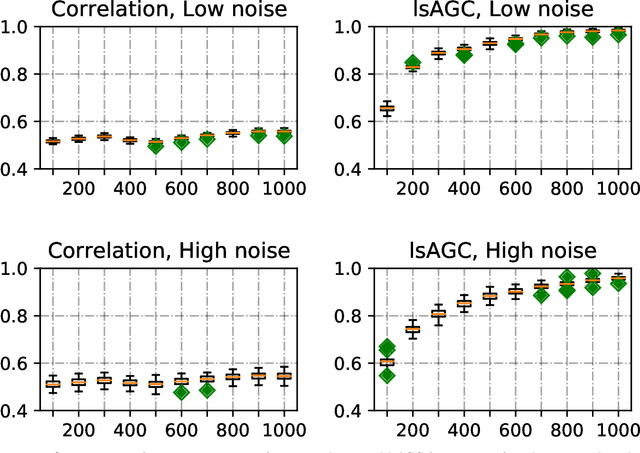
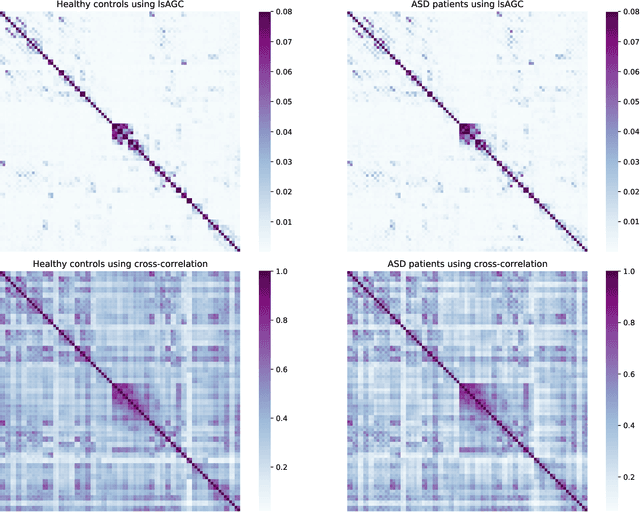
Abstract:We introduce large-scale Augmented Granger Causality (lsAGC) as a method for connectivity analysis in complex systems. The lsAGC algorithm combines dimension reduction with source time-series augmentation and uses predictive time-series modeling for estimating directed causal relationships among time-series. This method is a multivariate approach, since it is capable of identifying the influence of each time-series on any other time-series in the presence of all other time-series of the underlying dynamic system. We quantitatively evaluate the performance of lsAGC on synthetic directional time-series networks with known ground truth. As a reference method, we compare our results with cross-correlation, which is typically used as a standard measure of connectivity in the functional MRI (fMRI) literature. Using extensive simulations for a wide range of time-series lengths and two different signal-to-noise ratios of 5 and 15 dB, lsAGC consistently outperforms cross-correlation at accurately detecting network connections, using Receiver Operator Characteristic Curve (ROC) analysis, across all tested time-series lengths and noise levels. In addition, as an outlook to possible clinical application, we perform a preliminary qualitative analysis of connectivity matrices for fMRI data of Autism Spectrum Disorder (ASD) patients and typical controls, using a subset of 59 subjects of the Autism Brain Imaging Data Exchange II (ABIDE II) data repository. Our results suggest that lsAGC, by extracting sparse connectivity matrices, may be useful for network analysis in complex systems, and may be applicable to clinical fMRI analysis in future research, such as targeting disease-related classification or regression tasks on clinical data.
Large-Scale Extended Granger Causality for Classification of Marijuana Users From Functional MRI
Jan 06, 2021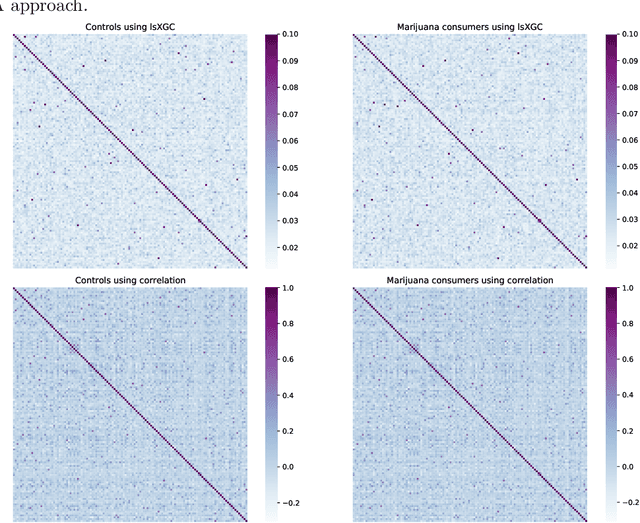
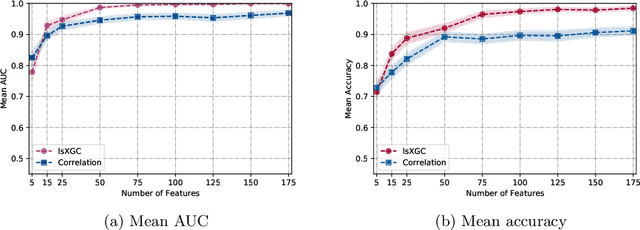
Abstract:It has been shown in the literature that marijuana use is associated with changes in brain network connectivity. We propose large-scale Extended Granger Causality (lsXGC) and investigate whether it can capture such changes using resting-state fMRI. This method combines dimension reduction with source time-series augmentation and uses predictive time-series modeling for estimating directed causal relationships among fMRI time-series. It is a multivariate approach, since it is capable of identifying the interdependence of time-series in the presence of all other time-series of the underlying dynamic system. Here, we investigate whether this model can serve as a biomarker for classifying marijuana users from typical controls using 126 adult subjects with a childhood diagnosis of ADHD from the Addiction Connectome Preprocessed Initiative (ACPI) database. We use brain connections estimated by lsXGC as features for classification. After feature extraction, we perform feature selection by Kendall's-tau rank correlation coefficient followed by classification using a support vector machine. As a reference method, we compare our results with cross-correlation, which is typically used in the literature as a standard measure of functional connectivity. Within a cross-validation scheme of 100 different training/test (90%/10%) data splits, we obtain a mean accuracy range of [0.714, 0.985] and a mean Area Under the receiver operating characteristic Curve (AUC) range of [0.779, 0.999] across all tested numbers of features for lsXGC, which is significantly better than results obtained with cross-correlation, namely mean accuracy of [0.728, 0.912] and mean AUC of [0.825, 0.969]. Our results suggest the applicability of lsXGC as a potential biomarker for marijuana use.
Distributed Injection-Locking in Analog Ising Machines to Solve Combinatorial Optimizations
Dec 16, 2020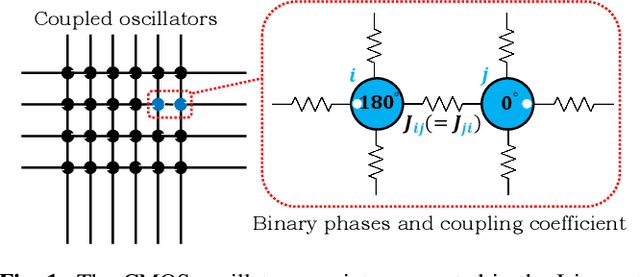
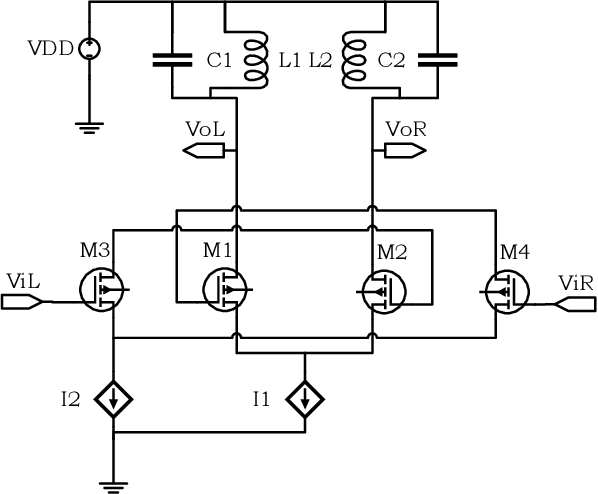

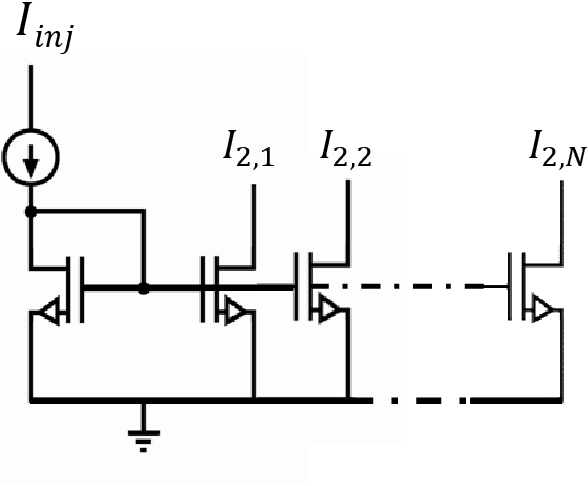
Abstract:The oscillator-based Ising machine (OIM) is a network of coupled CMOS oscillators that solves combinatorial optimization problems. In this paper, the distribution of the injection-locking oscillations throughout the circuit is proposed to accelerate the phase-locking of the OIM. The implications of the proposed technique theoretically investigated and verified by extensive simulations in EDA tools with a $130~nm$ PTM model. By distributing the injective signal of the super-harmonic oscillator, the speed is increased by $219.8\%$ with negligible increase in the power dissipation and phase-locking error of the device due to the distributed technique.
Large-scale kernelized GRANGER causality to infer topology of directed graphs with applications to brain networks
Nov 16, 2020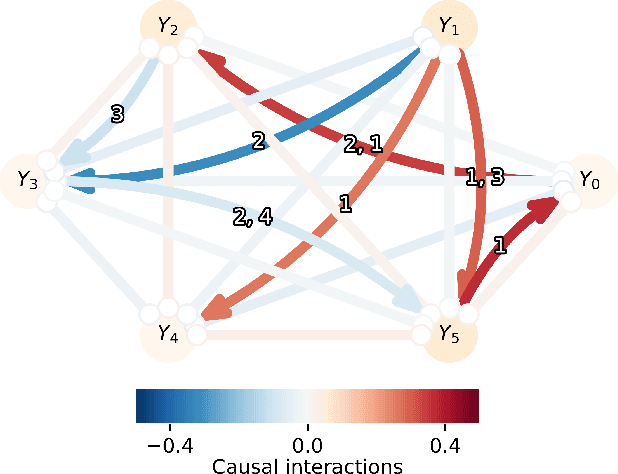
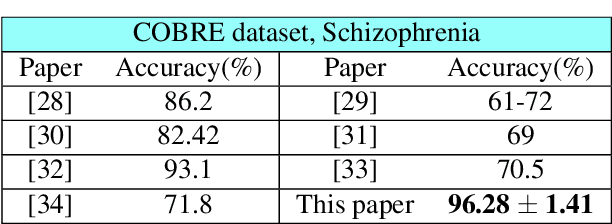
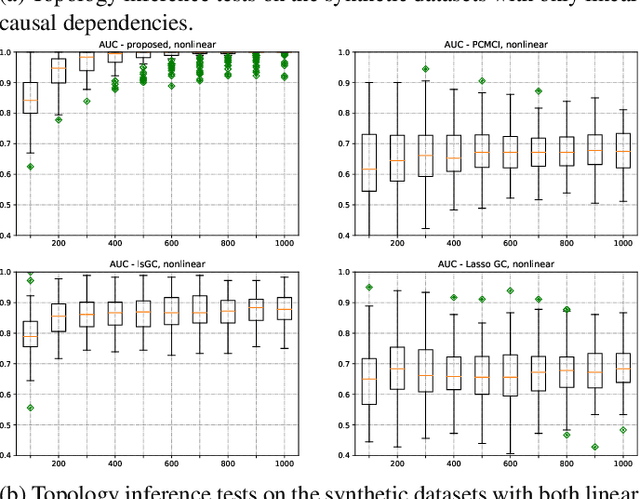
Abstract:Graph topology inference of network processes with co-evolving and interacting time-series is crucial for network studies. Vector autoregressive models (VAR) are popular approaches for topology inference of directed graphs; however, in large networks with short time-series, topology estimation becomes ill-posed. The present paper proposes a novel nonlinearity-preserving topology inference method for directed networks with co-evolving nodal processes that solves the ill-posedness problem. The proposed method, large-scale kernelized Granger causality (lsKGC), uses kernel functions to transform data into a low-dimensional feature space and solves the autoregressive problem in the feature space, then finds the pre-images in the input space to infer the topology. Extensive simulations on synthetic datasets with nonlinear and linear dependencies and known ground-truth demonstrate significant improvement in the Area Under the receiver operating characteristic Curve ( AUC ) of the receiver operating characteristic for network recovery compared to existing methods. Furthermore, tests on real datasets from a functional magnetic resonance imaging (fMRI) study demonstrate 96.3 percent accuracy in diagnosis tasks of schizophrenia patients, which is the highest in the literature with only brain time-series information.
 Add to Chrome
Add to Chrome Add to Firefox
Add to Firefox Add to Edge
Add to Edge